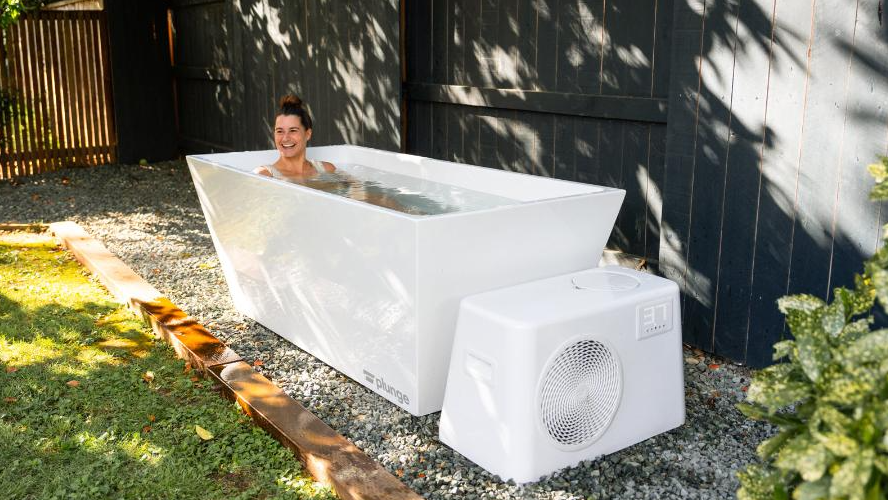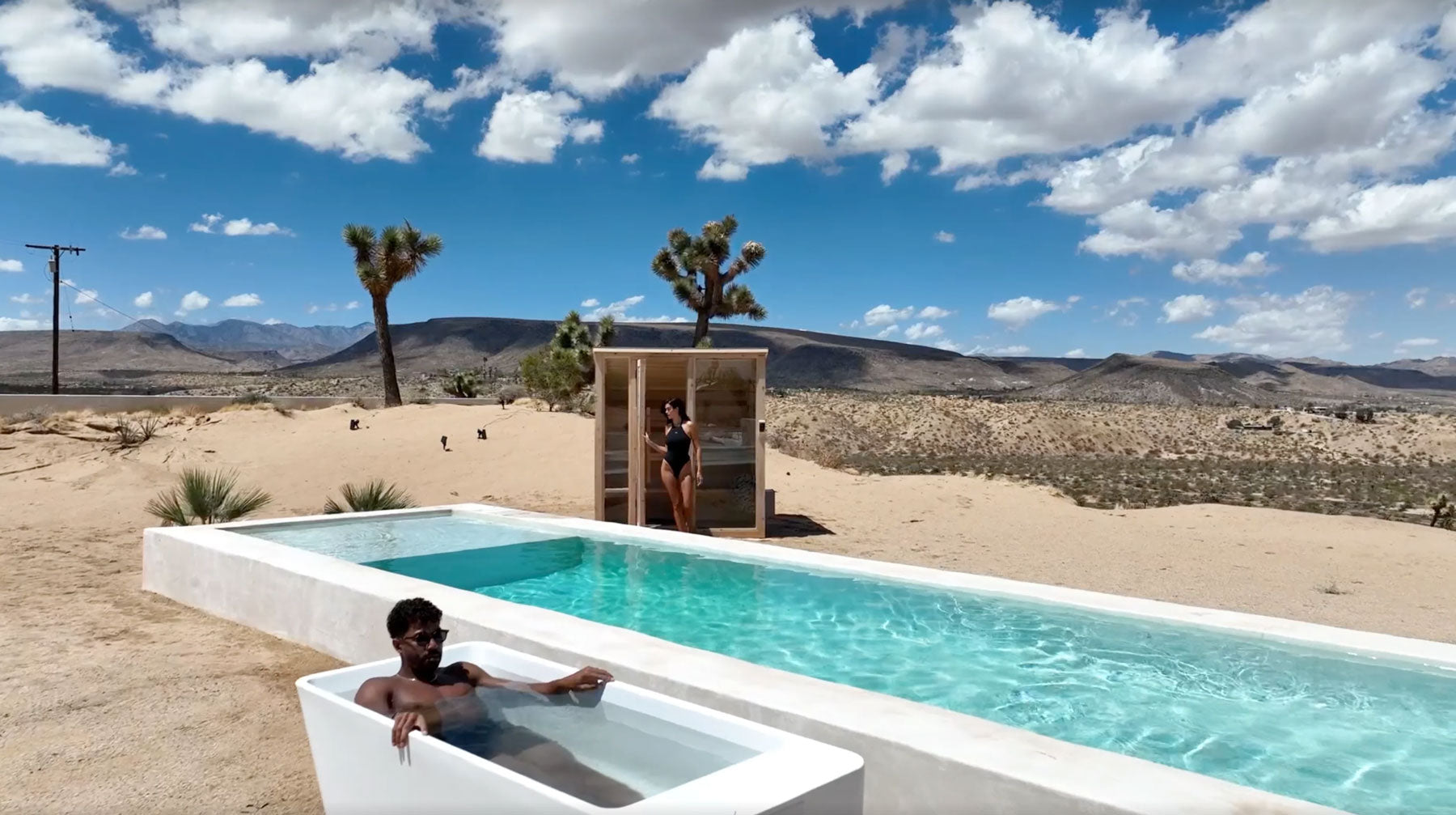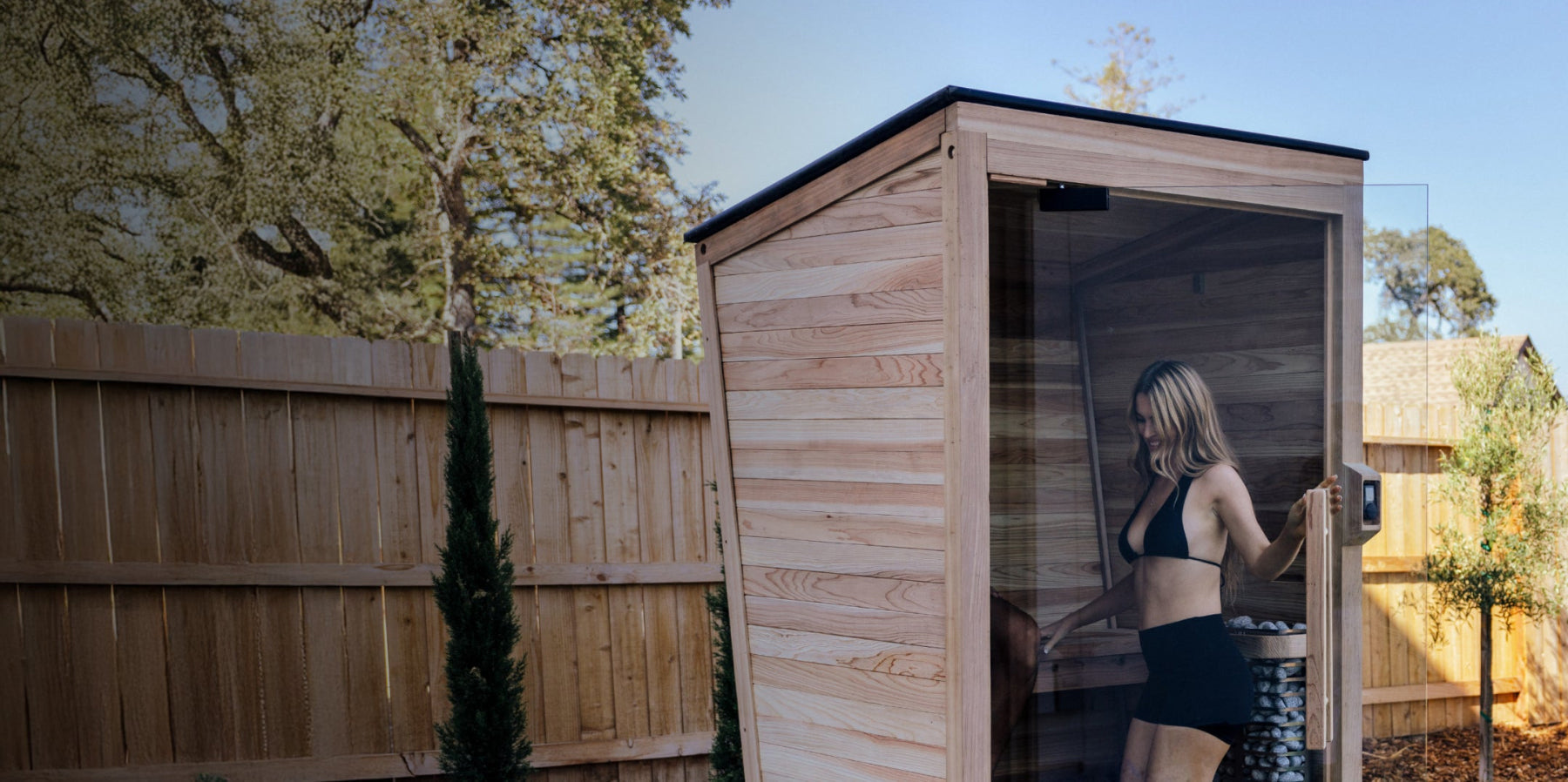
How Long to Cold Plunge
With so much information being passed around about cold plunging, one of the most common points of confusion is how long to actually stay in the ice bath. Should it be 2 minutes? 15 minutes? For newcomers to cold therapy, this conflicting information creates more questions than answers. The truth is, there’s no universal answer — many factors affect the ideal length. But today we’re going to cover the typical ranges you should aim for at various experience levels to help you find the perfect session duration.
How Long Should You Stay in an Ice Bath?
The general recommendation for cold plunge duration falls between 2 to 10 minutes. However, this broad range deserves some nuance — research suggests that many of cold therapy's biggest benefits can be achieved in as little as 2 or 3 minutes of proper immersion. For most people, 3 to 5 minutes is an ideal target, especially at colder temperatures. This helps maximize the benefits without risking harm or excessive stress on the body.
Learn more about how cold your ice bath should be here.
Factors that Affect Session Length
As we mentioned, several variables influence how long you should stay in the ice bath:
- Experience level: Newer users should start with shorter sessions. Beginners might aim for just 2 minutes, while veterans of cold therapy have developed resilience that enable longer sessions.
- Water temperature: The colder the water, the less time you should spend submerged. A 38°F plunge might only be sustainable for 2-3 minutes, while 55°F water might allow for comfortable 8-10 minute sessions.
- Physical condition: Individuals with more muscle or body fat sometimes find that they can tolerate the cold better and stay in longer. Cardiovascular health and even recent physical activity can significantly influence your cold tolerance.
- Recovery goals: If your primary reason for cold plunging is post-workout recovery, sticking to the 3 to 5-minute range at colder temperatures is probably optimal. Those looking to develop mental resilience might extend their time as their body adjusts.
- Time of Day: Your body's temperature regulation varies throughout the day and those who cold plunge in the morning often find they can sustain longer sessions than in the evening.
How Long is Too Long?
While cold plunging is highly beneficial, staying in for too long can be dangerous. Your body will send clear signals when it’s had enough, so make sure to pay attention. In general, plunging beyond 15 minutes ventures into questionable territory for most people, especially if the water is below 45°F. The following signs are warnings to wrap up your cold plunge:
- Violent shivering that doesn't subside
- Numbness in extremities
- Lips turning blue
- Mental confusion or sluggishness
- Loss of fine motor control (e.g. tapping your fingers)
What Happens if You Stay in a Cold Plunge Too Long?
- Hypothermia: A dangerous drop in body temperature that can cause confusion, dizziness, and even unconsciousness if not addressed quickly.
- Frostbite risk: While rare in cold plunging, prolonged exposure to very cold water (below 40°F) can lead to damage in the skin and extremities, especially if proper care isn’t taken.
- Excessive fatigue: Staying in too long can stress the body beyond its capacity, leading to fatigue and an overall reduction in the immune system’s effectiveness.
Listening to your body is key. The goal of cold plunging for most is to push their limits slightly but not to the point of danger.
Don’t Rely on Trips to the Gym for Quick Cold Plunges
Many wellness enthusiasts rely on their gym’s ice baths, but these shared facilities aren’t ideal. Beyond the hassle of waiting your turn, public ice baths often have inconsistent water temperatures due to the number of users and the frequent need to refill ice.
Home cold plunge systems eliminate these issues. No waiting in line, no rushing through your session because others are waiting, and most importantly, no exposure to the bacteria that public plunge tubs can harbor (even with regular maintenance). Your recovery shouldn't depend on other people's schedules or hygiene habits.
The most effective cold therapy isn't about enduring the longest sessions or navigating crowded gym schedules — it's about consistent, controlled exposure that works with your body's natural responses. If you're ready to optimize your cold therapy routine, look to our at-home cold plunge tubs that offer options for a variety of budgets, all with powerful cooling and sanitation for a reliable cold plunge experience every time.Comment
byu/TurtleBlaster5678 from discussion
inBecomingTheIceman























